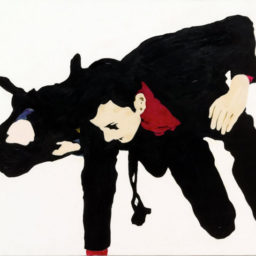

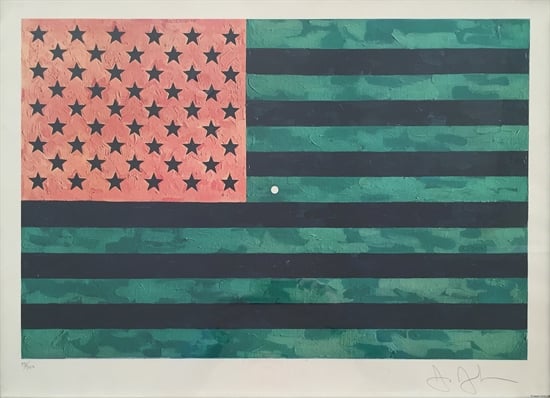
Jasper Johns (American, b. 1930), Flag (Moratorium) (1969).
Image: artnet Auctions.
The category of prints and multiples (edition sculpture or objects) has long been a wonderful entry point for new and even seasoned art collectors, which is evidenced in our latest sale, Contemporary Editions. This sale features works by popular contemporary and urban artists, including Ed Ruscha, Banksy, Alex Katz, and Wade Guyton.
Below are some top tips on collecting prints from my several years of experience in the field with galleries, art dealers, advisors, private collectors and institutions.
1. Buy What You Like, Buy What You Can Afford
Ultimately, this common sense approach is one I can’t emphasize enough and may well apply to any art acquisition. But for a first purchase—and one that is not a necessity—acquiring something that you will enjoy seeing everyday and something that will not give you buyer’s remorse is very important, perhaps the most important thing.
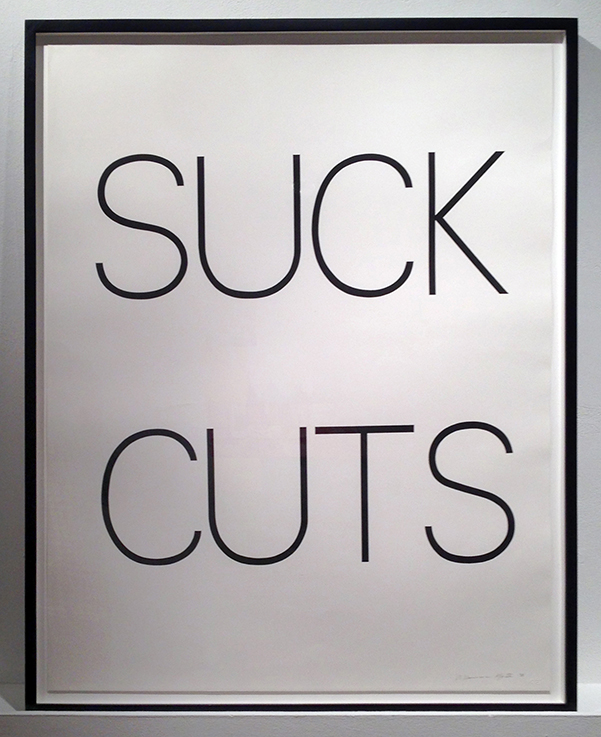
Bruce Nauman, Suck Cuts (1973).
Private Collection, New York.
Image: artnet Auctions.
This Bruce Nauman lithograph Suck Cuts (1973) was purchased by a private collector in New York. It was the collector’s first purchase from a gallery—the collector, an advertising executive, targeted this fairly rare Nauman print as having the subject (or subtext) and typeface she liked, and it fell within her budget.
2. Condition is important
Prints, and even other works on paper such as drawings, can be very susceptible to changes in their environment. Humidity, light exposure, shipping and framing debacles and handling errors can all play an irreparable role in a print’s quality and value, while some minor condition issues can be improved by conservators.

Roy Lichtenstein, Sweet Dreams Baby! (from 11 Pop Artists, Volume III) (1965).
Private Collection, Canada.
Image: artnet Auctions.
Roy Lichtenstein’s large screenprint Sweet Dreams Baby (1965) can often have myriad condition issues, namely color attenuation from light exposure. This isn’t terribly uncommon for a print that is 50 years old. The yellow will often fade to mustard and the red to a brick red.
The above example is one of the finest examples that I’ve seen in its original condition, with the colors still fresh and strong. The collector who acquired this work from artnet Auctions & Private Sales not long ago was very fortunate to add such a gem to their collection.
3. Ask questions, develop relationships and follow along
Most people who wish to start collecting or are at least curious don’t know where to start. Frankly, it’s intimidating. Do you go to an auction house, gallery, advisor or private art dealer? Yes. Learn to ask questions, even if a lot, and develop a relationship with auction house specialist, a gallerist and even an advisor or art dealer.
Of course getting to that point can even be difficult, so should you know a collector ask them for an introduction. But perhaps the most important piece of advice I could give is to follow and attend museum and gallery exhibitions and pore over auction catalogues for upcoming and past sales. Consider this market research that is always changing.
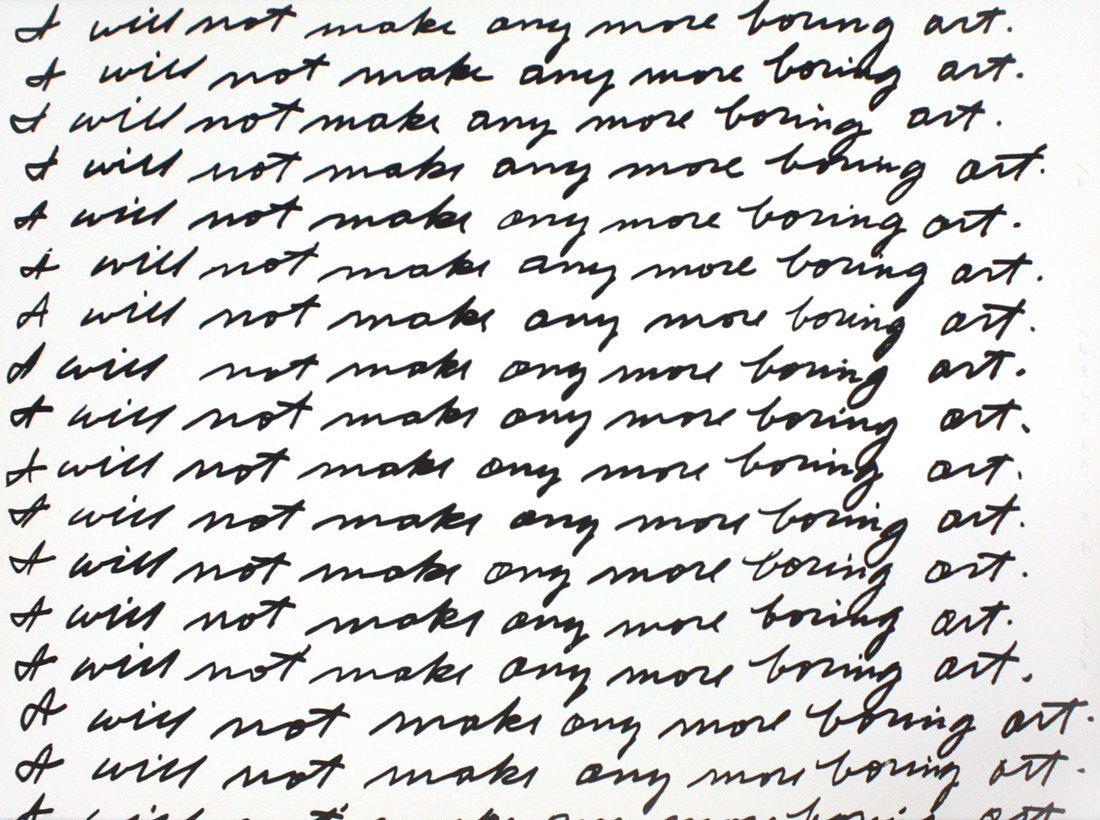
John Baldessari, I Will Not Make Any More Boring Art (1971).
Private Collection, Malaysia.
Image: artnet Auctions.
John Baldessari’s lithograph (1971) I will not make any more boring art is the artist’s very first print and arguably his most important as it relates to his early conceptual period. It is the only impression of this print that I’ve ever seen and, upon finding the work, I was able to place it with a collector who has sought only the most iconic prints by post-war artists.
4. Be cognizant of associated costs
If only the price quoted from a gallery or your final bid at auction was the overall price you’d pay!
Taxes, buyer premiums, shipping, insurance and sometimes even framing and conservation can all be costs to come out of your pocket before finally getting that print on your wall. It’s important to consider all the associated costs before buying, otherwise you may be regretting your new purchase.

Keith Haring, Growing 4 (1988).
Image: artnet Auctions.
Offered in our Pop Art on artnet Auctions (September 30, 2015), Keith Haring’s Growing print was estimated at $10,000-15,000. After much competition the hammer price was $24,000, and with the 20% buyer’s premium, the overall sales price was $29,400, excluding any applicable sales tax, packaging and shipping costs.
5. Buy from publishers
They are the primary market for prints. A new Ed Ruscha, Wayne Thiebaud or Jonas Wood print is just released and you want one. There’s only one place you can go to and that is the printer-publisher who has produced and published the print in collaboration with the artist. Call the publisher and get on their mailing list for print releases. Some of the longstanding publishers in the field attract the best artists. These include Cirrus Editions, Crown Point Press, Hamilton Press and Gemini G.E.L., among many others.
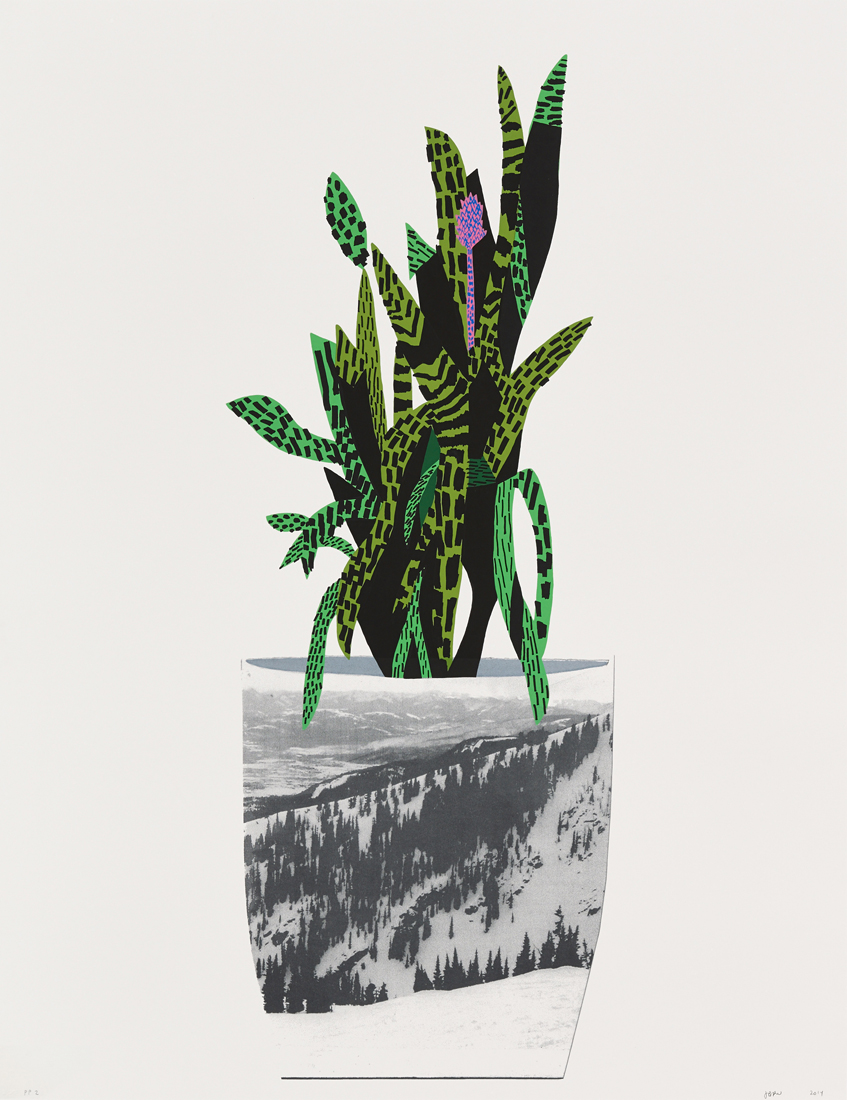
Jonas Wood, Untitled (2014).
Image: artnet Auctions.
This Jonas Wood screenprint and offset lithograph was printed and published by Cirrus Editions – the Los Angeles-based printer-publisher that has been around since Jean Milant opened its door in the early 1970s. The edition was sold out very quickly after announcing the release at a print fair.
If you would like to inquire further about print collecting or artnet Auctions’ current print sale, Contemporary Editions, please contact Conner Williams, Senior Specialist of Prints & Multiples at [email protected].




